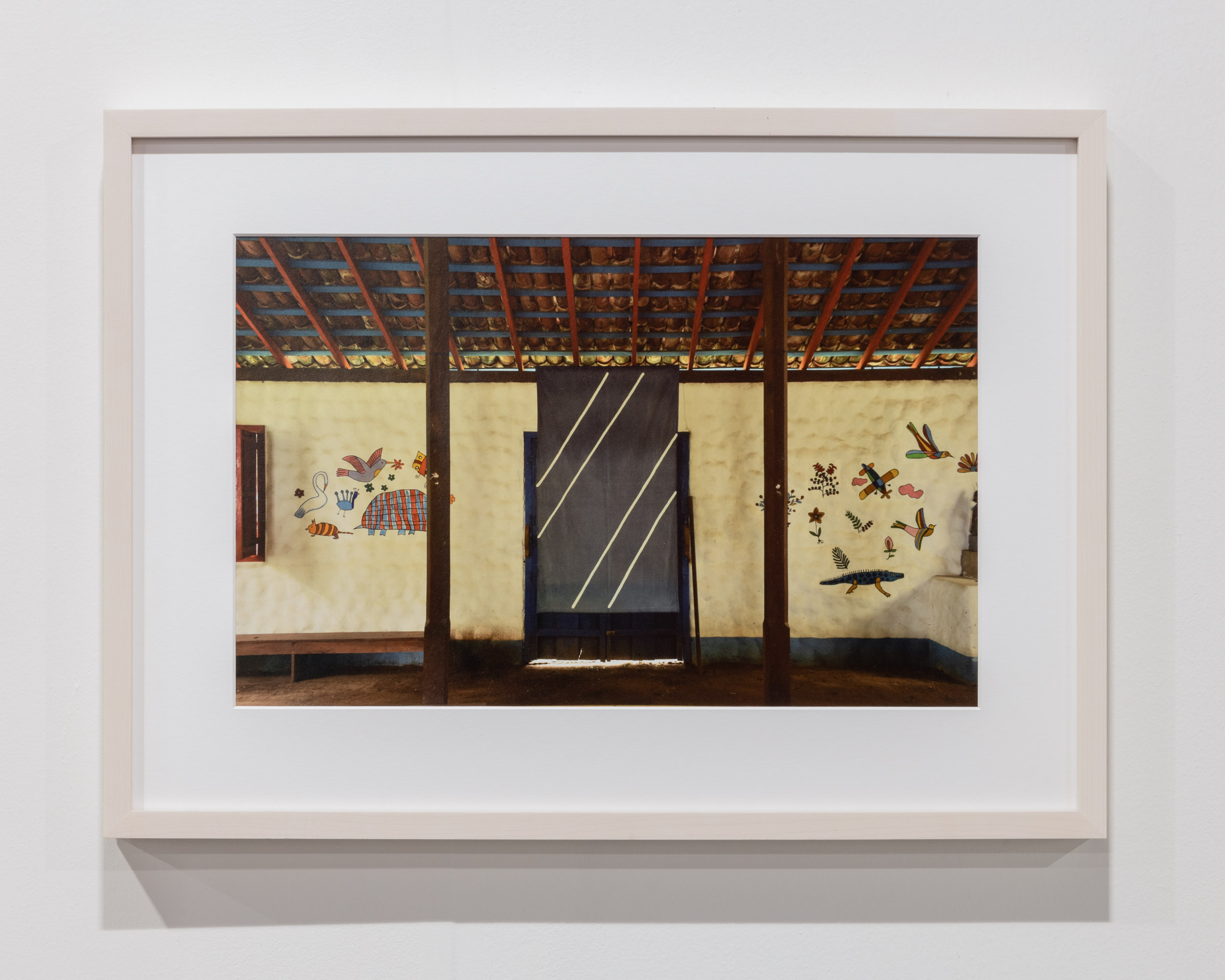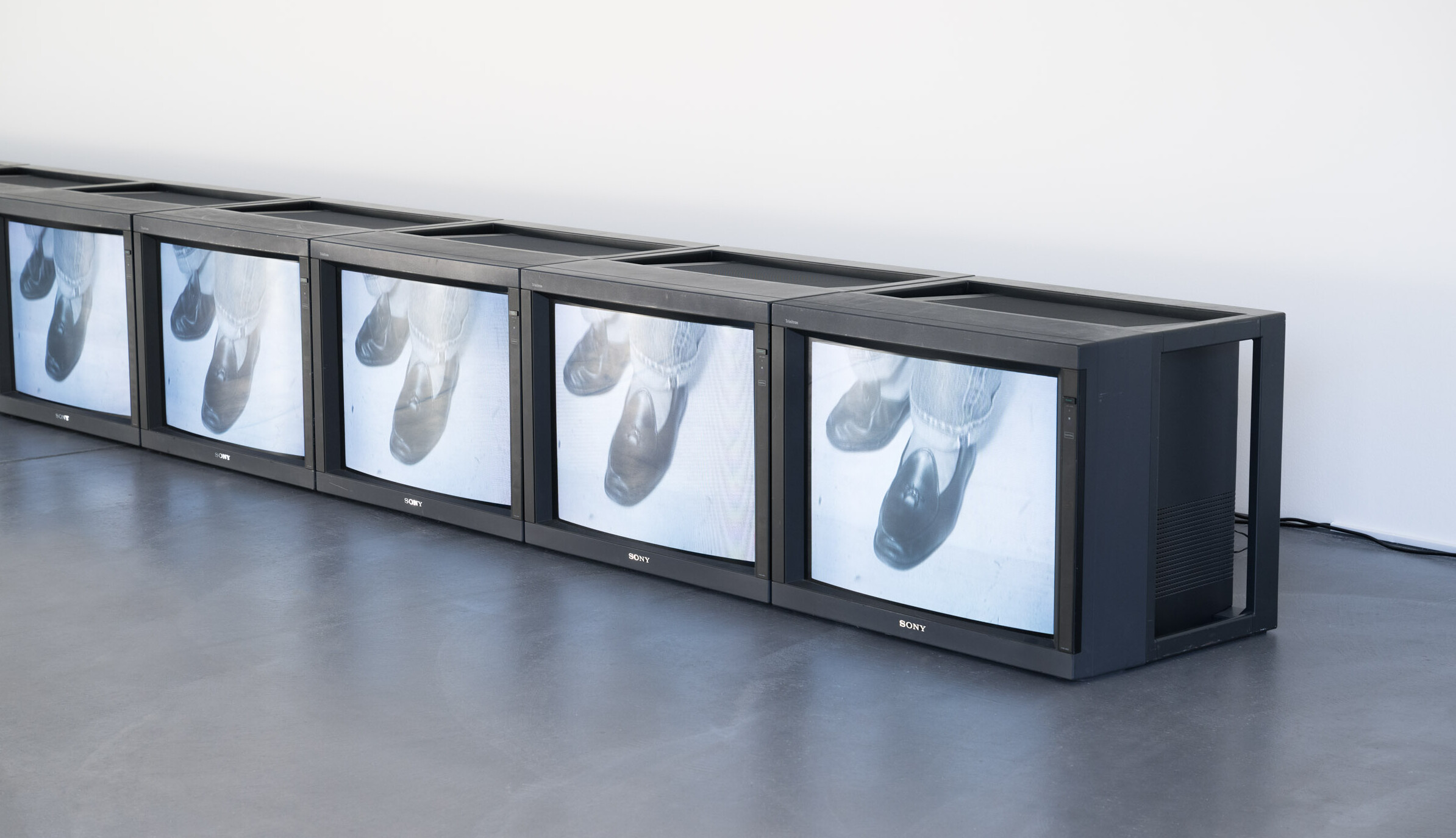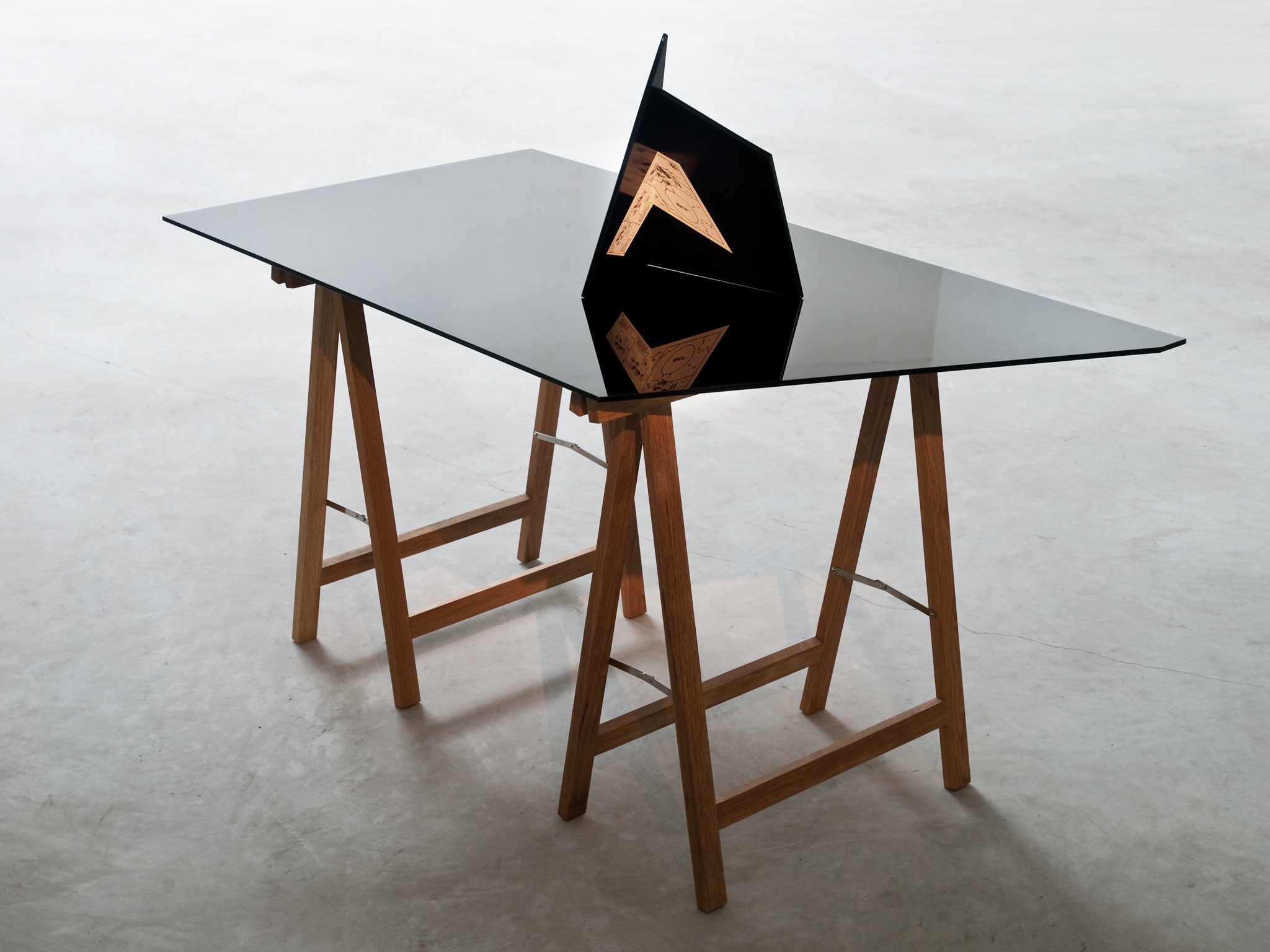Barry Flanagan: An introduction to one of Britain’s most inventive sculptors
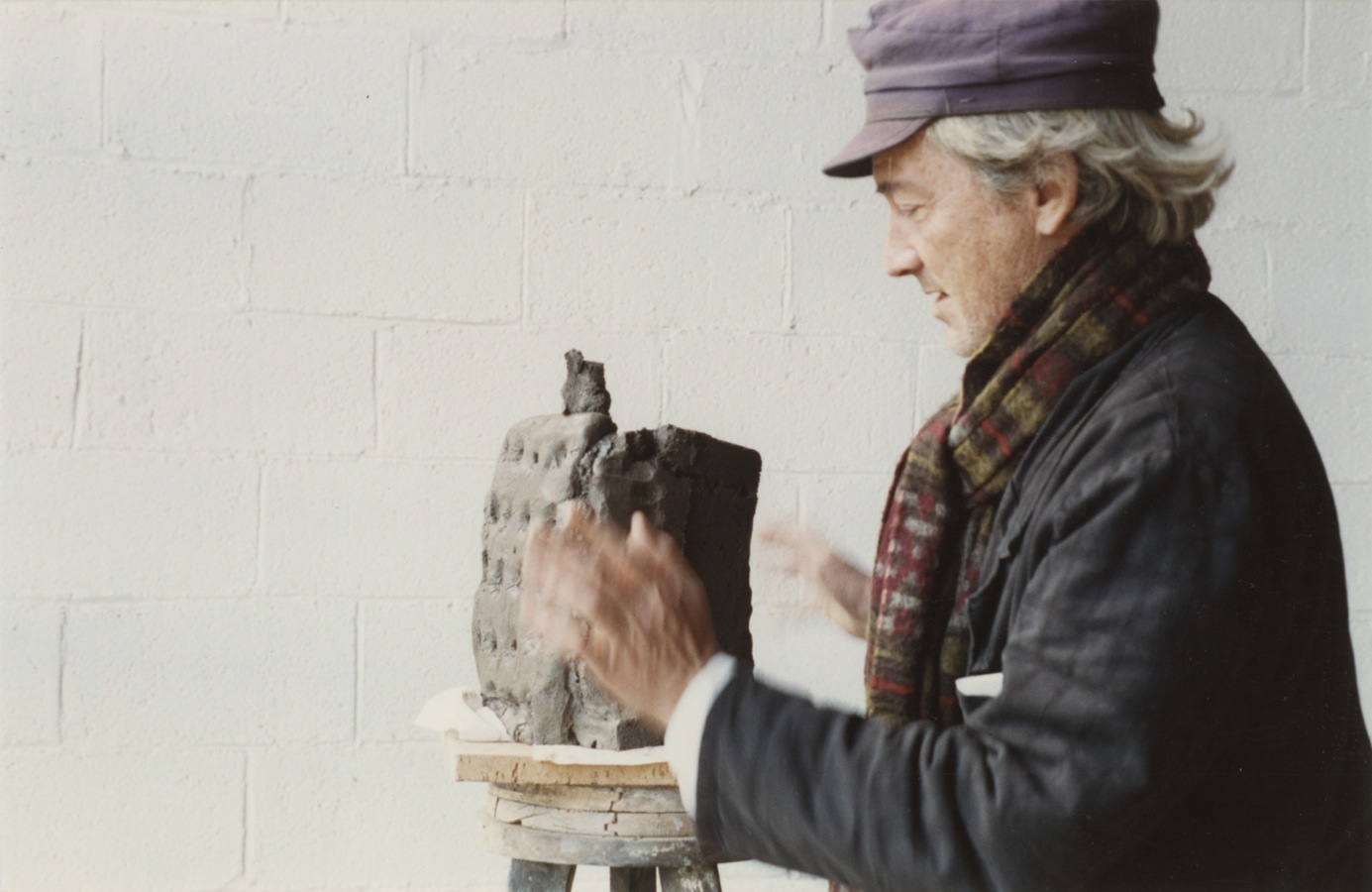
Described as a ‘maverick’, the artist drew inspiration from poetry, architectural space, and his talents as a dancer, writes Jo Melvin
Barry Flanagan – one of Britain’s most inventive sculptors – was a leading figure in a generation of influential artists emerging from St Martins School of Art in the 1960s, where his peers included Richard Long and Gilbert & George. From his student days, his practice questioned attitudes to formalism. For instance, he proposed sound and silence to be as inherent to sculpture’s character as weight and volume.
Early influences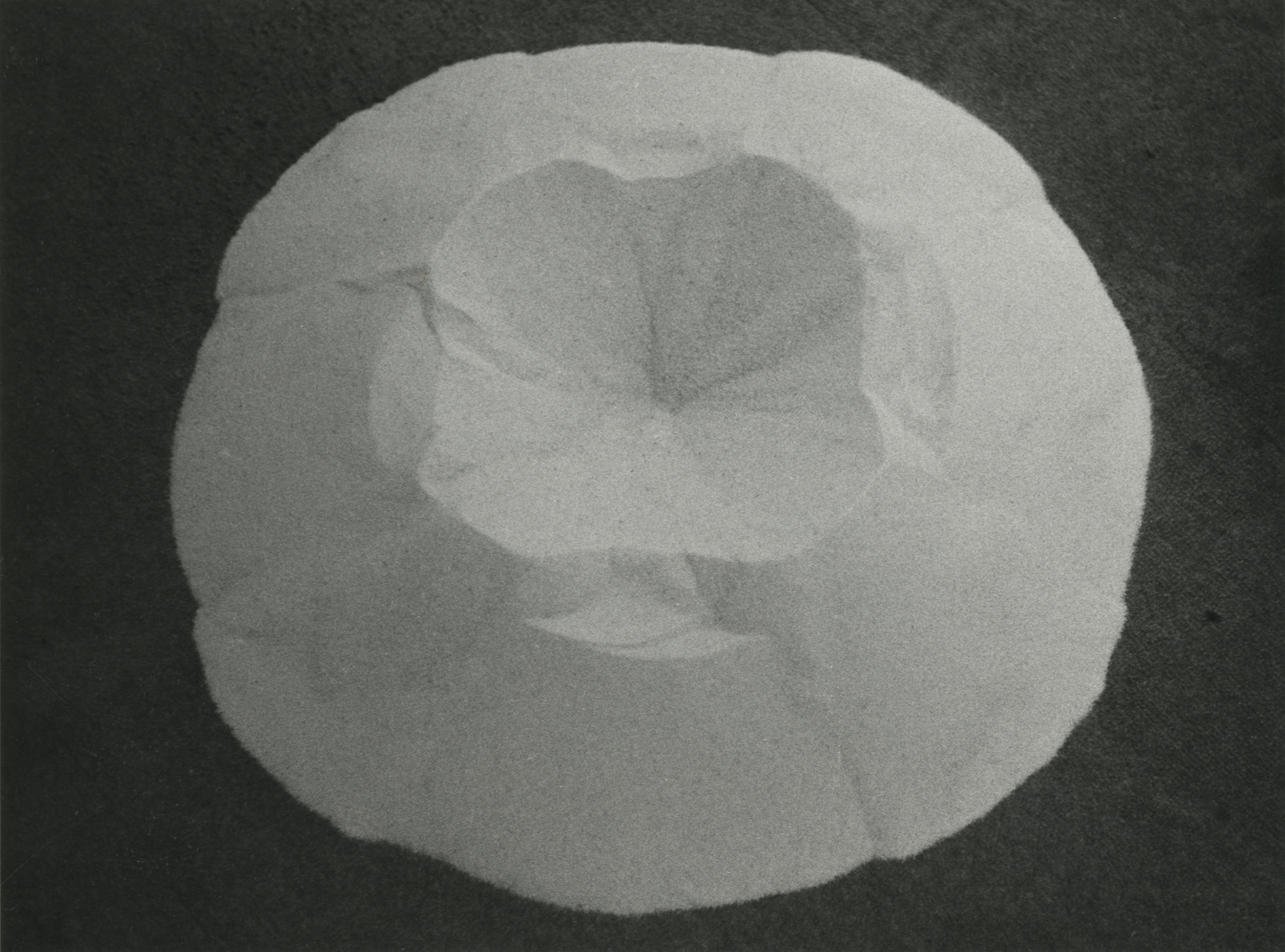
Flanagan was born in Prestatyn, Wales, in 1941, to a family of music hall performers. His mother joined a group of travelling entertainers to play a mermaid in the troupe, which was managed by his father. His uncle was a high-wire artist and one of his aunts was the famous singer Ella Retford. Dance hall performance proved a lasting influence: Flanagan was an accomplished dancer and particularly enjoyed the tango. He also liked sport and was a keen cellist.
The structural and spatial qualities of music remained a barometer in Flanagan’s creative processes. Poetry and architecture were likewise fundamental. Before studying in London, he was a student in Birmingham, where he studied architecture and produced concrete poetry. For the artist, architectural space was like an extension of sculptural experience, as well as a kind of three-dimensional poetry.
Before his career as a sculptor, Flanagan did a variety of jobs, from working on a building site, to filling jam doughnuts, driving a delivery van and making antique frames. He assisted with set design for the film Cleopatra at Pinewood Studios, later becoming a dental assistant and teaching at various art schools
Exploring materials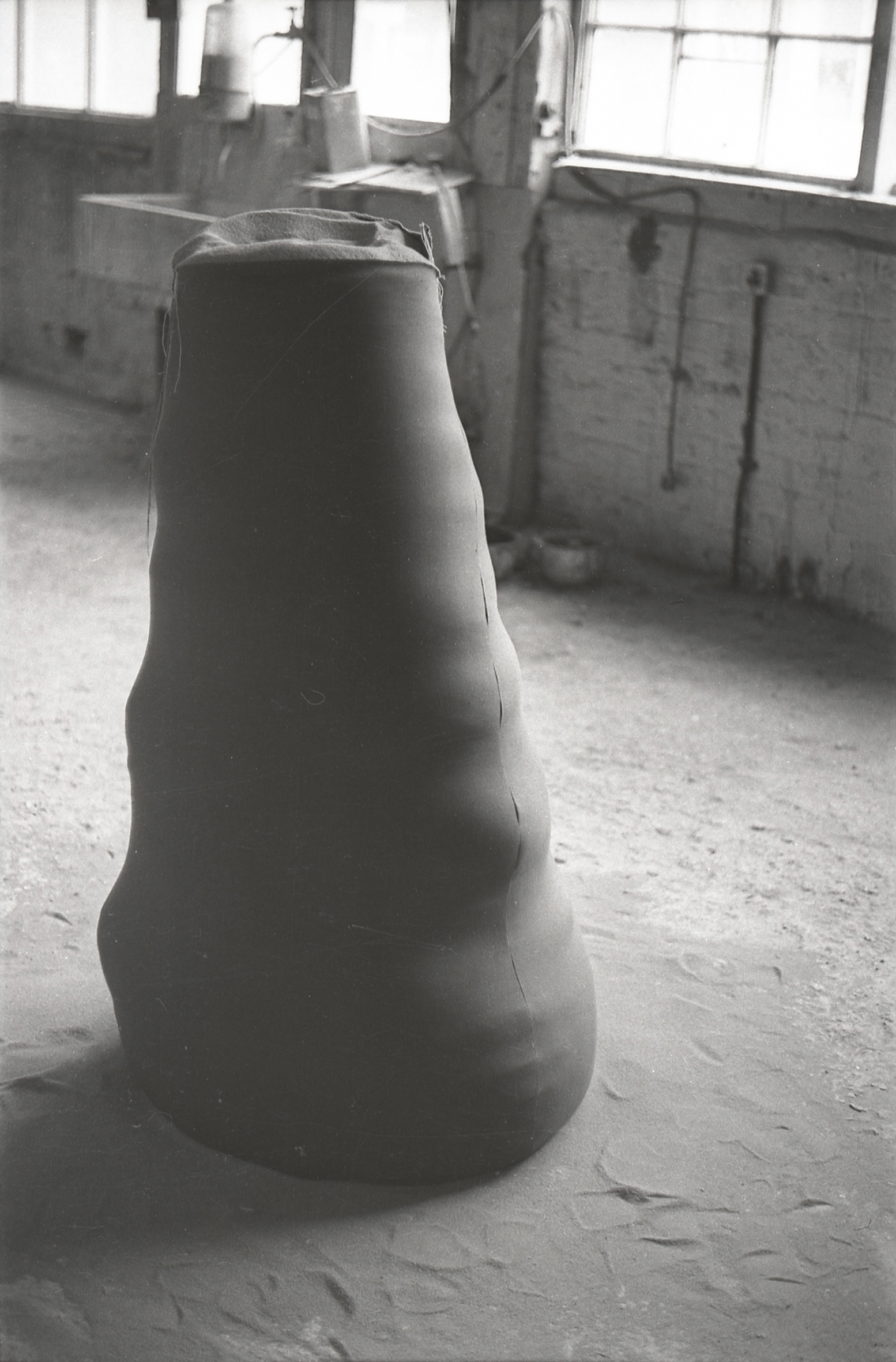
Early in his artist career, Flanagan used building materials like sand, rope, hessian, string, glass, nets, plaster and polystyrene to make sculpture. These experimental works led him to be characterised as a Conceptual artist. Flanagan did not particularly like this designation and he poked fun at it by referring to himself as ‘a part-time conceptual artist.’
In 1969, Flanagan cast his first bronze sculpture – a bust of Emlyn Lewis, his father-in-law, who was a plastic surgeon and wore spectacles, which Flanagan had cast directly in bronze. Although Flanagan was not to work extensively in bronze for another ten years, the making of the bust cemented a method of working.
Between 1964-66 Flanagan studied at St Martin’s, where he had been a part-time student. He described Anthony Caro’s Friday evening classes as ‘good meat for my imagination […] [they] prompted the writing of poetry, a play, film scripts, songs, the purchase of cine equipment, and work on a means to translate movement and atmosphere into music. I might claim to be a sculptor and do everything else but sculpture. This is my dilemma.’ Phillip King who also taught there, reported that Flanagan was a maverick.
His interest in pataphysics began with a copy of the Evergreen Review dedicated to Pataphysics, which he received from the poet Nick Whyte. Pataphysics was invented by Alfred Jarry, the French playwright and writer whose character, Dr Faustroll defined the term as ‘the science of imaginary solutions.’ What absorbed Flanagan about pataphysics was how it presented the unquantifiable nature of existence and the juxtaposition of paradox and the absurd.
International exhibitions – and new materials
Although maverick in the sense of not being pinned down, Flanagan was certainly not out on a limb. He was included in the major group exhibitions in the 1960s and early 1970s that drew together the new art practices under the umbrella of Arte Povera, Land Art, Process Art and so on. He showed alongside Carl Andre, Hanne Darboven, Eva Hesse, Sol LeWitt, Mario Merz, Richard Serra, Robert Smithson, Bruce Nauman and Gilberto Zorio, in exhibitions including: The Theodoron Awards at the Solomon R. Guggenheim Museum in New York; When Attitudes Become Form, Kunsthalle Bern; Op Losse Schroeven, Stedelijk, Amsterdam, all in 1969, and Between Man and Matter at Tokyo Metropolitan Art Museum in 1970.
In 1972, a combination of circumstances triggered Flanagan’s move towards more permanent materials. He had made sculptures for public places and found the use of fragile materials unsatisfactory. Flanagan went to Pietrasanta Italy, famous for its marble quarries ‘to chew it over for a bit’. This was where Michelangelo chose the stone for his sculptures of the dying captives and ‘Moses’, and the quarry favoured by Henry Moore. For Flanagan the choice of stone was both revisiting tradition and part of his continuing experimentation with materials.
The importance of The Leaping Hare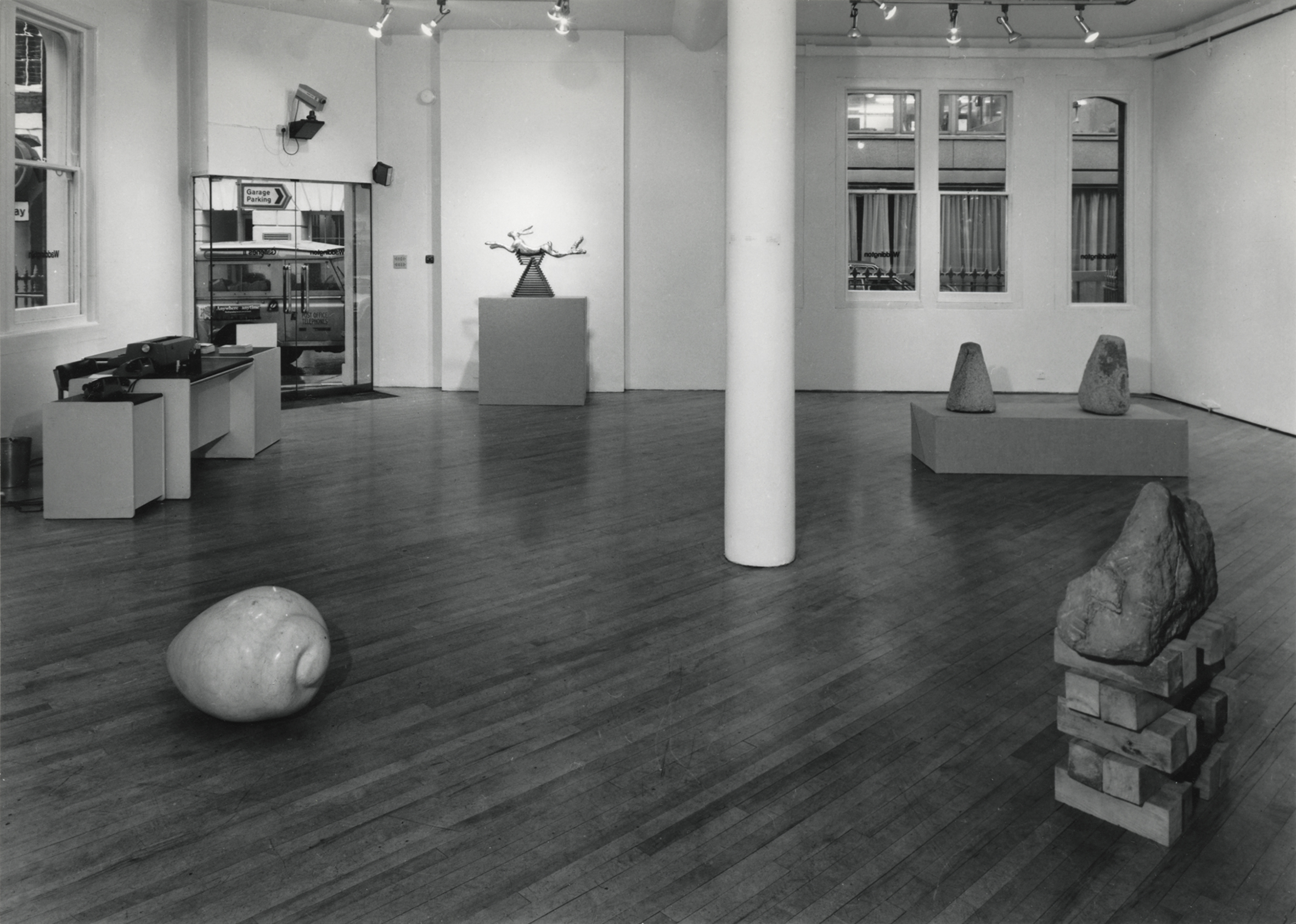
Barry Flanagan: Sculptures in stone 1973-1979, Waddington Galleries, London, 1980
Photo: John Webb
The same year, the book The Leaping Hare was published. This anthropological study of the hare’s characteristics combined accounts of legends from different cultures and mythologies. It impressed Flanagan because the stories chimed with those he had heard as a boy. Like all animals the hare dislikes the smell of smoke; but unlike them it runs direct to the source of fire and leaps over it to escape. The unusual boldness recalls Flanagan’s remark that he ran into problems rather than away from them. Flanagan was drawn to the hare. This was partly because of the mysterious and unpredictable way the hare moves through the landscape, leaping, darting and in the mating season on its hind legs to box. Its wide-ranging symbolic meaning gave it an added allure. As a nocturnal creature it is often associated with the moon, creativity and fertility. In Chinese mythology the hare symbolises resurrection and it is the creature behind the Easter, the time of renewal and the spring equinox.
Its potent imagery drew Flanagan and the poet Seamus Heaney to collaborate on a print. Heaney’s translation of the Middle English poem ‘Names of the Hare’ was set alongside the original verse and graced by three gilded leaping hares placed above the two versions. The poem focuses attention on the hare’s trickster character:
the wild one, the skipper,
the hug-the-ground, the lurker,
the race-the-wind, the skiver,
the shag-the-hare, the hedge-squatter,
the dew-hammer, the dew-hopper
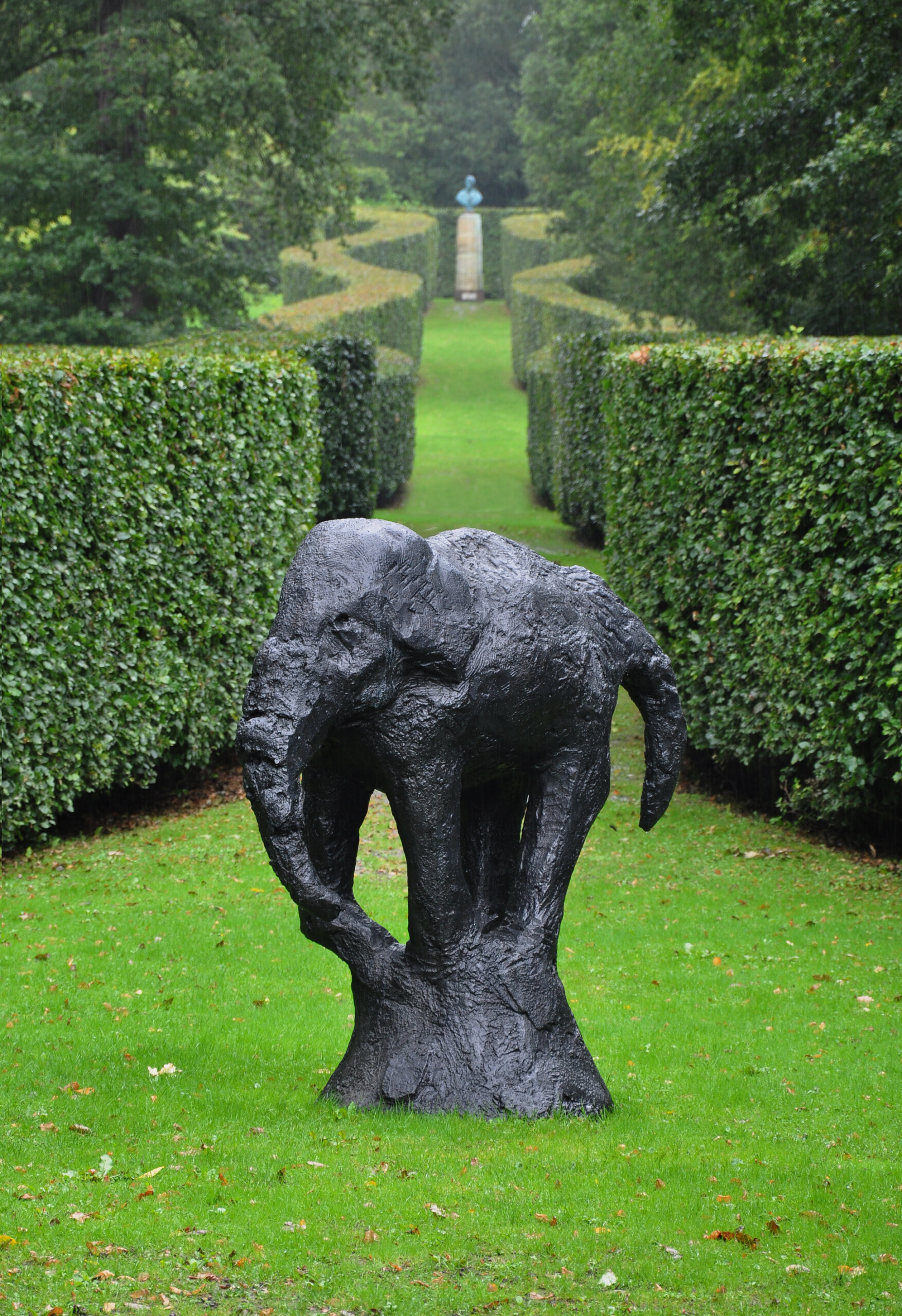
For his ability to combine the impossible in relation to the natural, Flanagan has been described as a shaman. The shaman acts as mediator between the spiritual and human worlds and has an ability to take on animal characteristics in order to cross between these worlds. Some people might think Flanagan bronzes are exclusively of hares because perhaps these sculptures have had the most exposure. There are in fact many animals beside the hare in Flanagan’s oeuvre. From the muscular cougar, and the elephant and horse to the domesticity of pets, to butterflies, moths, insects, amphibians and birds all these creatures are vehicles to explore material qualities, psychological states and different characteristics of our co-inhabitants on the globe as well as to reflect upon the human condition.
For Flanagan, sculpture was as much sound, light, film and performance as it was bronze and carving. He consistently exposed processes in every medium he used throughout his career. He included direct object casts in bronze sculptures and allowed parts of the armature to show through strips of clay or plaster, thereby recording and revealing the processes of its making. It is aptly contradictory then, that the fleeting hare should become a monument to time and duration, channelling the quixotic, mysterious propositions implicit in the early work. When, in 1979, Flanagan was given a dead hare, he took it to the studio and laid it on paper, tracing its contour with its blood. Later he added the notes: ‘they said the hare weighed the equivalent of seven pheasants and was unusually heavy’ and ‘the hare knows art history, Master Beuys.’
- Image credit top image: Barry Flanagan making clay sculptures in the studio of the Llorens Artigas Foundation between 1993 – 1996. Photo by Gabriela Salgado

